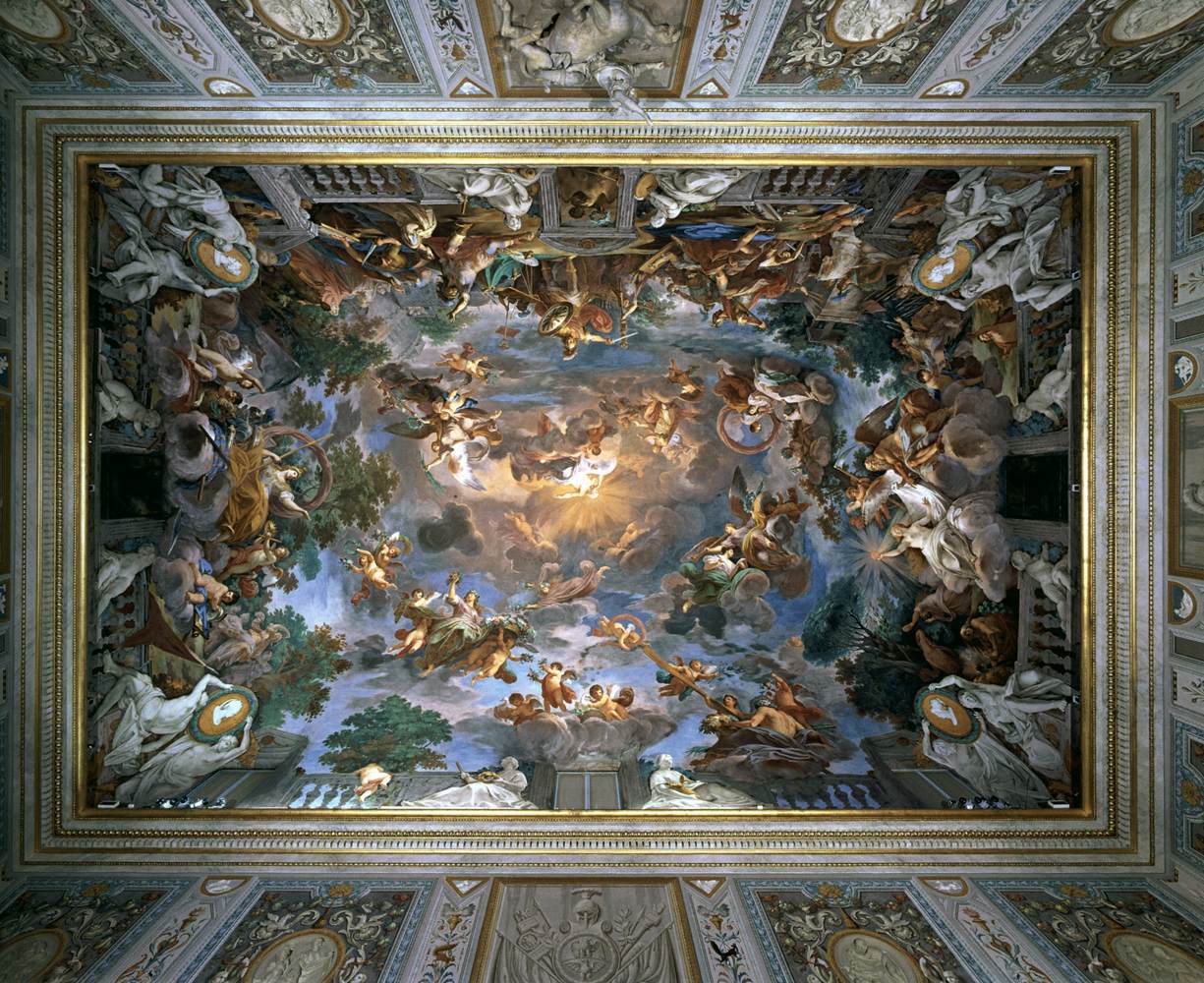Italian painter. Although Sicilian, he played little part in 18th-century Sicilian art, preferring to see himself as being at the centre of the Roman art world. However, his formative years spent firstly with Gaspare Testone (1704-1801) in Sciacca and later in Palermo with Filippo Randazzo (d. 1744), a faithful and refined pupil of Sebastiano Conca, should not be underestimated. Conca's brilliant teaching in the 1740s constituted, though indirectly, Rossi's starting-point. With the agreement of the Comune of Sciacca, he continued his apprenticeship, first at Naples in early 1750, seeking inspiration both from the tradition of Solimena and from the more brilliant and freer style of Giacomo del Po, and then later that year in Rome, where he responded to the dominant trends.
He emulated Corrado Giaquinto, Pierre Subleyras and Domenico Corvi (1721-1803) and was attracted by the classicism of Pompeo Girolamo Batoni and Marco Benefial (1684-1764), but he rejected the Neo-classical theories of Anton Raphael Mengs and Johann Joachim Winckelmann. Benefial, who taught him and encouraged a greater compositional clarity, remained unsympathetic to the essence of Rossi's painting, which came from his study of Conca's Rococo style. In 1754 Rossi received second prize from the Accademia di San Luca for the drawing Elijah Ordering the Arrest of the False Prophets (Rome, Accademia Nazionale di San Luca), and on 5 October 1766 he was elected to the Accademia.
Between 1764 and 1768 he painted 11 altarpieces for San Giuseppe alla Lungara, Rome. In 1766 he produced the Martyrdom of Sts Peter and Paul (Rome, Santa Lucia al Gonfalone) and dispatched to Sicily the canvases of St Frances of Rome (untraced) and the Blessed Ptolomy at the Plague of Siena (Bisaquino, Sicily, Santa Maria del Bosco), which are finely balanced between his attraction to the revival of the Baroque and the more temperate art of Subleyras.
In 1767-68 he was in Sciacca, where he executed the fresco of the Assumption of the Virgin with Sts Benedict and Scholastica (Sciacca, Benedictine monastery of the Giummare, bozzetto in sacristy), which is closer to the style of Carlo Maratti. For the same monastery he painted the canvases of St Michael and the Guardian Angel. He painted the Madonna of the Light, the Madonna of the Carmelites and the Deposition for San Francesco di Paola, Sciacca.
In 1774 Cardinal Carlo Vittorio Amedeo delle Lanze commissioned from him an Annunciation for the Abbazia di Fruttuaria a San Benigno Canavese. Again in 1774 he received the commission from Prince Marcantonio IV Borghese to fresco the ceiling of the entry hall of the building of the Galleria Borghese.
In 1798, together with Ferdinand IV he fled from Naples to the Sicilian capital. In 1802 he was asked to decorate the cathedral of Palermo. He painted the apse and the vault of the choir, where he painted the Assumption of the Virgin Mary.
Until 1804 he directed the Academy of Design in Palermo. In 1806 he was in Caserta, but during the Napoleonic invasion was forced to flee to Rome, where he died in 1807.
//
![]()

